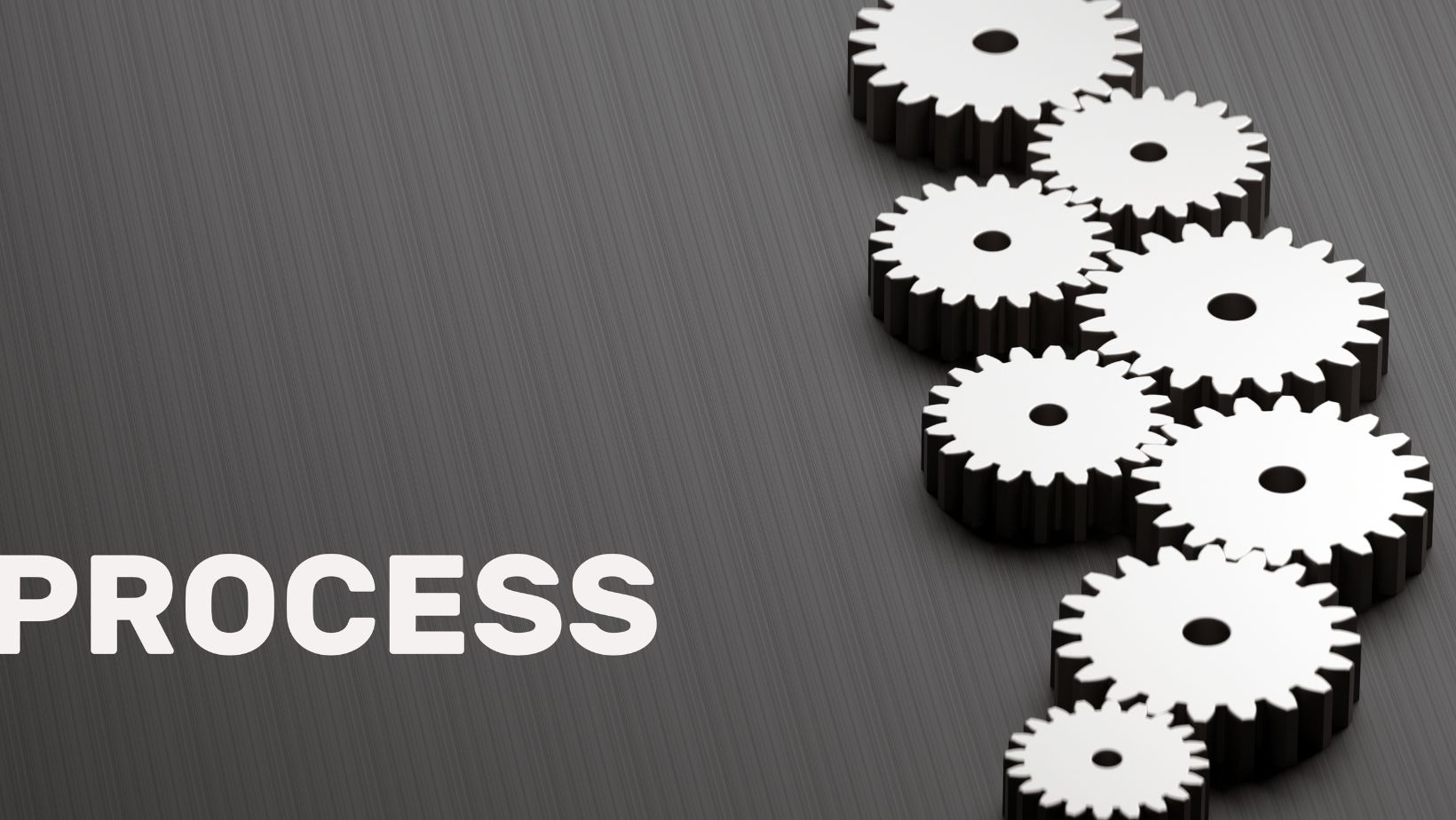How to Modernise Security Within Property Management Processes

Contents
ToggleModernisation needs to start with an understanding of existing threats. Walk each estate the way an opportunist would: where could people tailgate, which plant rooms hide in blind spots, how could a vehicle reach the loading bay after hours just by clicking the trade button?
It’s this kind of approach that will provide you with an understanding of what it is you’re actually trying to combat. Based on that, you can then go about implementing the following strategies, rather than reaching blindly into a toolkit of potentially irrelevant solutions.
Build a reliable foundation
Security only works if it works every day. Put in a stable core of lighting, doors that latch, and sightlines that aren’t choked by signage. On top of that, move to a unified platform: networked CCTV for evidence and verification, an intruder system that’s properly monitored, and access control you can manage centrally. The goal is simple – see what happened, prove it, and guide a response quickly – without hopping between five consoles.
Make access digital
Metal keys are effective due to their simplicity, but lack other, more nuanced controls. Cloud access control with cards or mobile credentials lets you grant, expire, and report by role, not by door. If you must use physical keys, then you need to make sure that they’re controlled and protected with key cabinets from providers like Traka.
Tie permissions to tenancy events, so moves, ins and outs, and contractor visits result in updated access automatically. The fewer exceptions, the cleaner your audits will be.
Advanced cameras
Modern video isn’t about catching a grainy still of an unidentifiable figure after the fact. Powerful analytics software can flag people loitering at gates, strangers entering via vehicle exits, or movement in closed amenities.

When an alarm trips, the nearest camera should pull up and an operator – or a monitoring centre – should have a clip, a location, and a talk-down option in seconds. Made obvious so as to act as a deterrence, delivered early, prevents most incidents from maturing into losses.
Take privacy seriously
Cameras, access logs and contractor trackers are personal data under UK GDPR. Put signage where people actually see it, set retention periods you can defend, and keep permissions tight so only those who need footage can view it.
Have a written process for exporting evidence and responding to subject access requests. Good governance isn’t a brake; it’s how you keep evidence admissible and reputational risk low.
Phase, measure, and standardise
Start with one building, fix the obvious gaps, and put some hard numbers on it: things like incident rates, false alarms, response times, and resident complaints. When you find that the design works, freeze it as a standard and roll it across the portfolio. You’ll gain purchasing power, simpler training, and will hopefully end up with fewer “special cases” that break the systems at the worst time.
Done well, modern security reduces losses, unlocks better insurance premiums, protects data, and makes day-to-day life easier for residents and staff. It’s not achieved just by buying shinier kit; it’s a process that involves designing a joined-up system, one that removes opportunity, proves diligence, and keeps your properties calm and predictable – even when the weather and the world are not.


